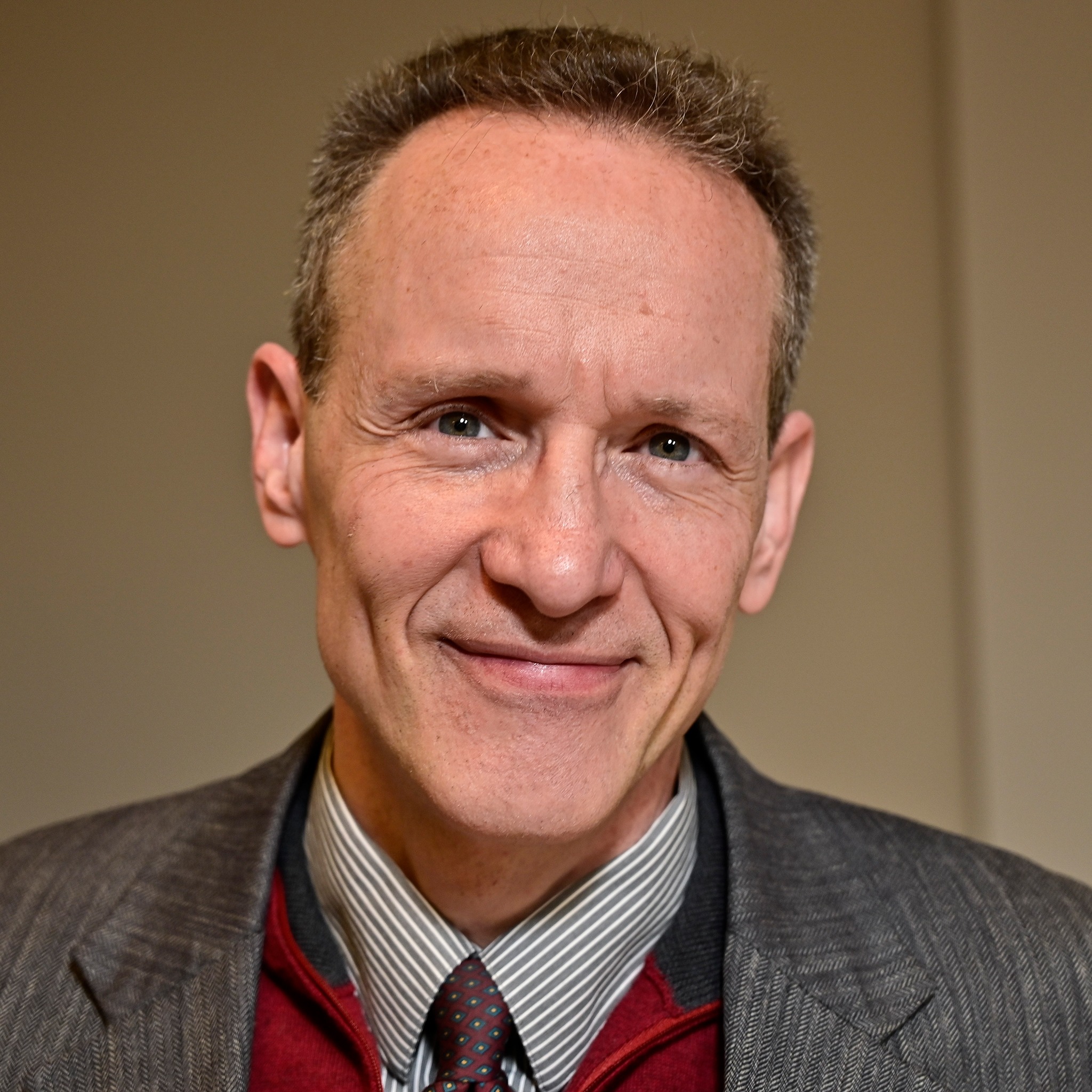In the Vice-Presidential debate, the Democratic candidate Tim Walz used shouting fire in a crowded theater to justify limitations on free speech. Ironically, he resembles a man shouting fire in a crowded theater.
The history of this phrase traces to Justice Oliver Wendell Holmes Jr. in the 1919 Supreme Court case Schenck v. United States, in which he says it is wrong to “falsely” shout fire. The case concerned the right to protest war. Schenck was later largely overturned.
Still, the phrase has stuck.
When we think about why it is wrong to shout fire in a crowded theater, we see why Walz’s invocation makes little sense. A premise, here, is the shouter knows there is no fire and seeks to cause a panic.
Imagine it. You are in a movie theater and a man in the row in front of you starts shouting “Fire!”
Most likely you would assume that the shouter is a troublesome soul, since you see no smoke and no flames. Today, when fire alarms go off in a school or office building, do we panic? We are used to false alarms, even when it comes to the hazard of fire.
Even if the shouter succeeds in causing a panic, think about how that panic occurs. A few theatergoers become alarmed and rush for the door. Others see others panicking, and that impels them to panic. Those panickers have little time to ask, Is there a real danger?
The shouter’s action violates the contract he made with the theater. Ethically, his action is wrong, as it is bad to lie and it is bad to disrupt the show and cause a panic.
Does the shouter’s action resemble the activity that Walz would censor? Whether it be public health claims or political claims, the resemblance is slight.
First, whether there is a fire in the theater is straightforward. After a bit of investigating, everyone will agree, either that there is a fire or there is not a fire. But the claims Walz would censor are not like that. They are complex matters of social affairs and call for judgment, after considering vying interpretations of things. People will not immediately agree.
Second, when the man shouts fire in a crowded theater, there is a sense of urgency. No one wants to suffocate or burn in a fire. But when one listens to a podcast or reads content on the internet, he has time to consult with others and explore other points of view. He has time to reflect. We learn to sift vying interpretations and to form our own judgments.
Third, for the controversial public issue, different people will continue to have differing assessments, even after each has spent much time exploring the issue. Give them twenty years and still they may not agree. That is profoundly different than with a fire in a theater.
In some ways, Walz resembles the man who shouts fire in a crowded theater. Claiming a great danger, he incites people to fall in with a political program.
But, having heard the shouting—“Save democracy!”, “Hammer disinformation out of existence!”—we have some time to consult, discuss, and reflect, using our capacious moral and intellectual faculties.
Nothing confesses untruthfulness like censorship.
Join the conversation:


Published under a Creative Commons Attribution 4.0 International License
For reprints, please set the canonical link back to the original Brownstone Institute Article and Author.









